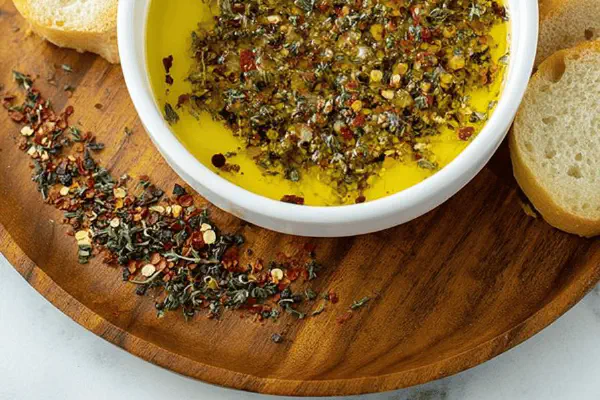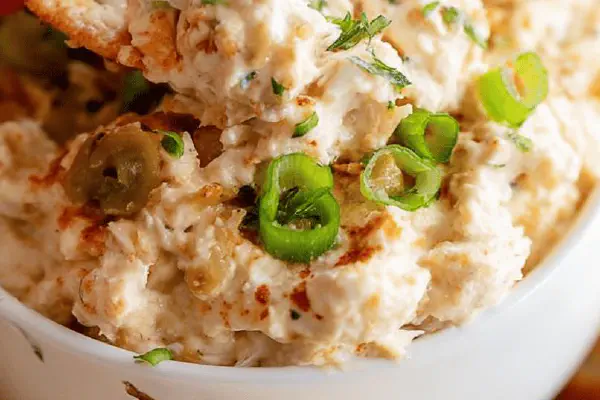Labneh with a Twist

By Emma
Certified Culinary Professional
Ingredients
- 350 ml kefir cold, unflavored, plain organic preferred
- 3 ml fine sea salt (about 3/4 tsp)
- 1 tsp za'atar mix, for garnish
- Extra virgin olive oil drizzle, optional
About the ingredients
Method
Preparation
- Pick a fine sieve or yogurt strainer that fits snugly on a bowl to catch whey. Use cheesecloth if no strainer. Ensure it can drain straight to fridge safely.
- Stir kefir gently with salt — avoid whisking too much, you don’t want to beat air in. Salt disperses and acts as flavor booster and preservation aid.
- Pour salted kefir into strainer. Cover with a clean tea towel or plastic wrap to prevent fridge odors soaking in. Put whole setup inside fridge.
Drainage and Checkpoints
- Drain roughly between 20-26 hours. Early on, check whey dripping – it should be slow but steady, clear liquid pooling in bowl.
- Around 22 hours, dab top cream. Should feel like soft cream cheese, not runny but not rock solid. If too loose, leave some hours more and check again; too dry means left too long or salt uneven.
- Discard whey, don’t mix back. It’s tangy and useful in smoothies but too watery for cheese texture. Save for salad dressings or fermentation starters if desired.
Finishing
- Spoon labneh into shallow bowl or spread on flat plate. Notice texture: grains visible, dense yet soft like thick sour cream.
- Drizzle olive oil freely—good quality, peppery. Sprinkle za'atar over top; the herbaceous bite lifts the dairy tang, a sharp contrast to usual sumac.
- Serve with warm pita, crisp veggies, or as a component of mezze board.
- Store leftovers airtight, keep chilled, consume within 10 days max for best texture and flavor preservation.
Cooking tips
Chef's notes
- 💡 Use fine-mesh sieve or yogurt strainer. Cheesecloth double-layer works if no strainer but watch for whey pooling and cloth slipping frequently. Set up stable in fridge; avoid mixing whey back. Whey run clear, no milkiness. Salt evenly distributed—sea salt or kosher salt preferred, iodized can add bitterness. Stir salt gently, avoid whisking to keep texture intact; breaks curd network, labneh gets crumbly or dry.
- 💡 Drain timing key; start checking around 18 hours. Whey should drip slow but steady. If too runny at 22 hours, extend draining time by few hours. Too dry means left too long or uneven salt—note that. Dab top surface to check, feels like soft cream cheese, springy but holds shape. Adjust fridge temp can speed or slow drip. Cover strainer to keep odors out and humdity locked in; prevent crust.
- 💡 Kefir brings slight fizz and sharper tang than plain yogurt. Gives labneh subtle effervescence, sharper flavor punch. If no kefir, try thick buttermilk but texture shifts; less grainy, creamy smoother. Salt content crucial for preservation and texture; don’t under or overdo. After draining, discard whey or save for smoothies, soups; tangy but watery, unsuitable for cheese texture.
- 💡 Finish with olive oil drizzle, preferably high quality, peppery notes. Sprinkle za’atar to add herbal bite, contrasts bright dairy tang, more complex than sumac. Serve with warm pita, fresh veggies, mezze boards. Avoid mixing olive oil and za’atar into labneh prior to serving—loses aroma and texture subtlety. Use gentle scoops or knives when transferring; labneh delicate, silky texture can break if handled roughly.
- 💡 If mixing in dried herbs or garlic powder, add before draining. Enhances flavor infusion better that way. Avoid overfilling strainer; too much kefir slows drainage, whey pools and mixes back in. Keep setup away from strong odors in fridge to prevent absorption. Watch visual cues constantly after first 12 hours—whey clear, no milk cloudiness. Dab test texture to know when done; hands or spoon. Store airtight, chilled max 10 days to keep fresh texture.
Common questions
How long to drain kefir?
Depends fridge temp, kefir brand, strainer mesh. Start checking whey drip slow steady after 18 hours. Clear liquid means proper. Too milky means drain longer. Texture feels soft cream cheese when done. Can extend to 26 hours max but risk crumbly labneh.
Can I use yogurt instead of kefir?
Yes but texture less effervescent, milder tang. Kefir sharper, fizzy slight. For buttermilk, softer texture, less grainy. Salt amount same rule. Drain time may vary slightly. Taste changes with starter used, experiment needed.
Why crumbly labneh?
Too much salt or too long drainage. Also stirring too vigorously breaks curd. Uneven salt distribution or high temp speeds drying out too. If crumbly, next batch reduce salt or shorten drain time. Watch whey drip slow steady. Adjust setup if needed.
Storage tips?
Store airtight in fridge max 10 days. Keep covered to avoid crust formation or odor absorption. Can freeze but texture changes—crumbly afterward. Use soon fresh for best tang and creamy feel. Avoid room temp storage; spoils fast. Re-chilling important to maintain firm but spreadable.



